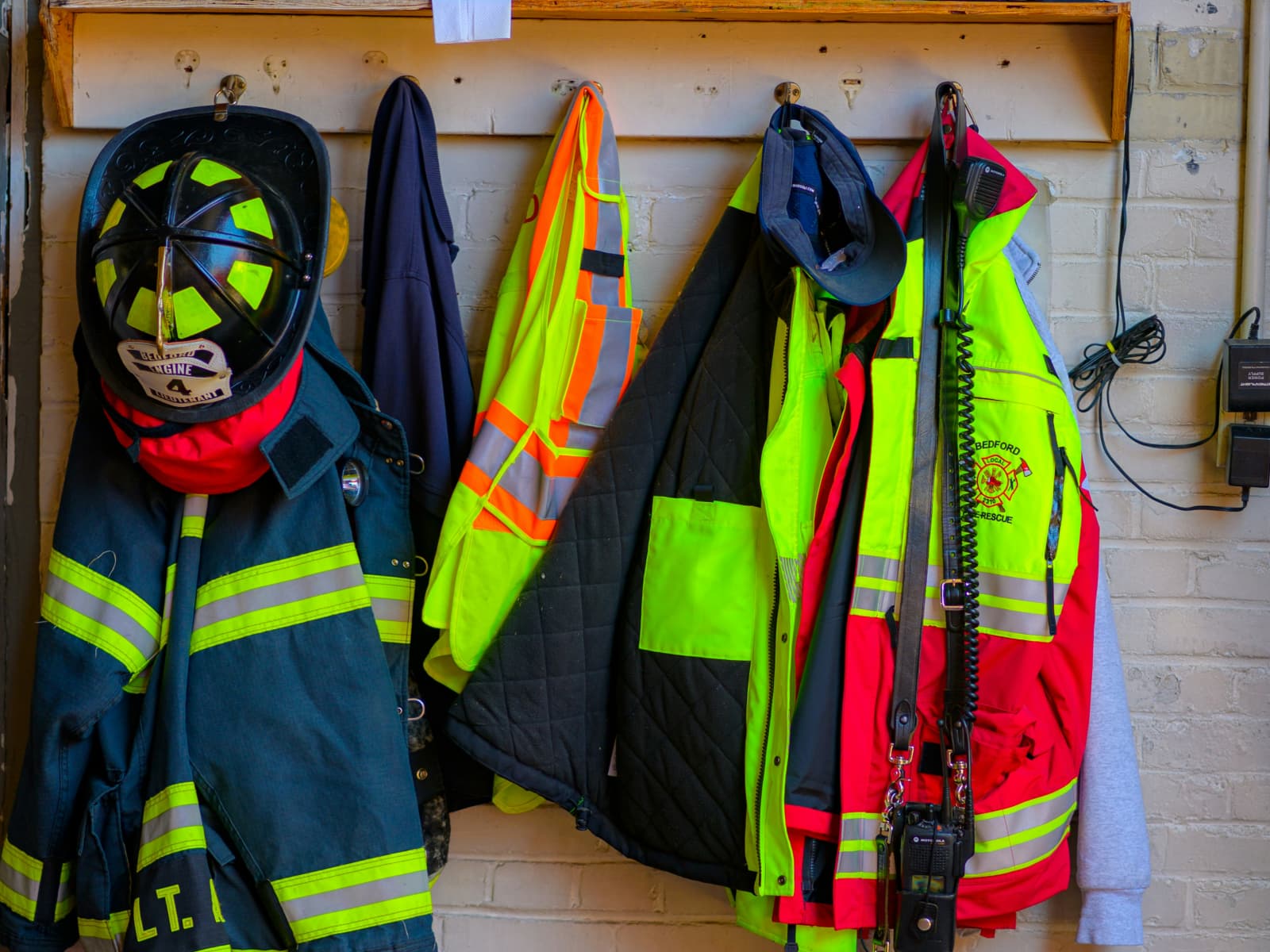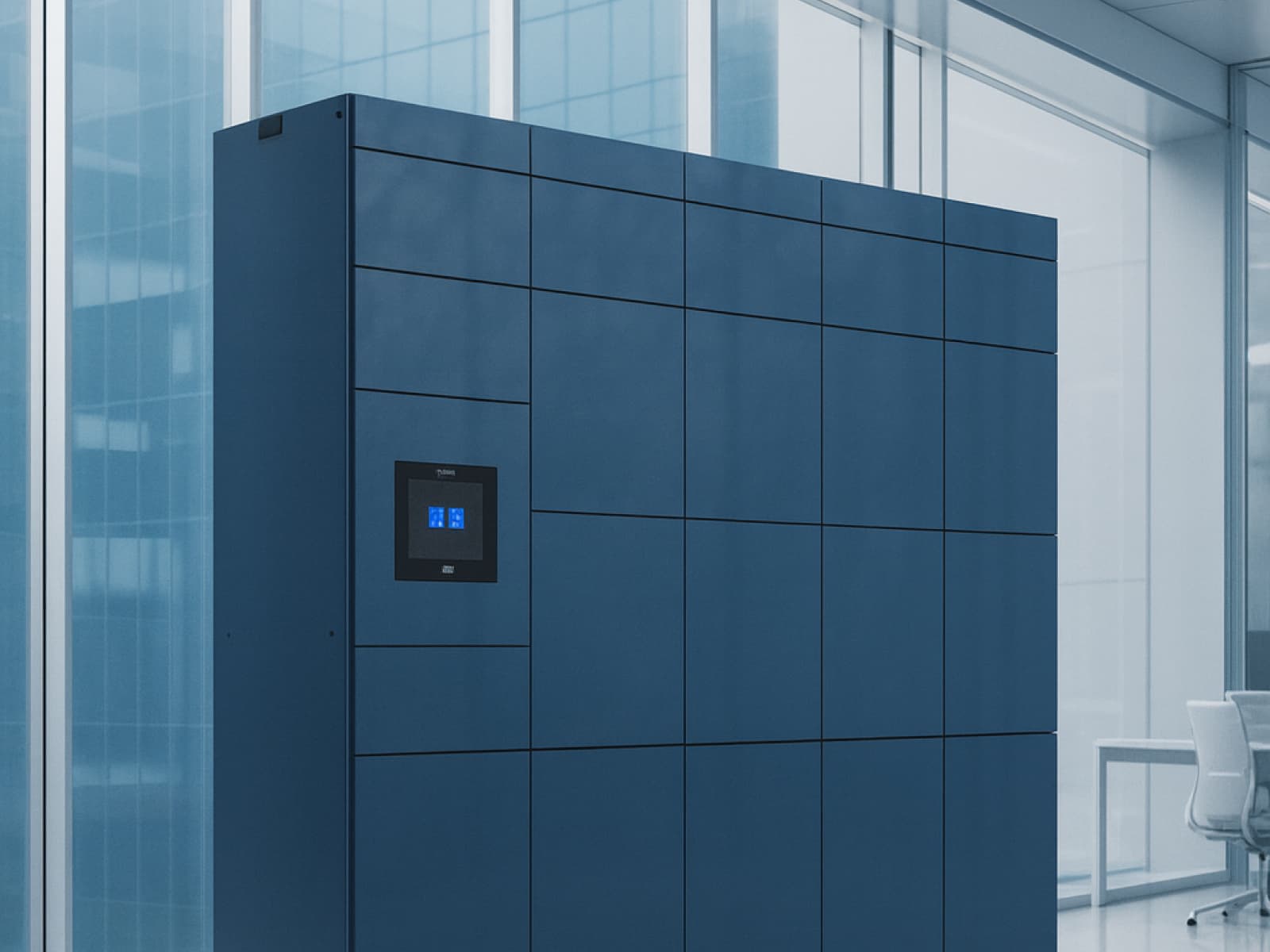Delving into Smart Lockers For Emergency Services
Embark on an exploration of smart locker systems designed for emergency services. These sophisticated storage solutions are revolutionizing traditional methods by enhancing both efficiency and accessibility. Discover how the seamless integration of cutting-edge technology is changing the landscape of emergency response, enabling faster and more efficient access to vital equipment and supplies.
Decoding the Technology Driving Emergency Service Smart Lockers
Reveal the advanced technology that forms the backbone of smart locker systems in emergency scenarios. Equipped with sensors, real-time monitoring, and robust security features, these lockers are pivotal in transforming how emergency services manage and access critical inventory, providing instant and dependable equipment availability.
A Spectrum of Smart Locker Applications in Emergency Situations
Explore the range of smart locker solutions tailored for the diverse needs of emergency services. From lockers that ensure the security of medical supplies to those designed for efficient firefighting equipment storage, these versatile systems cater to a broad spectrum of emergency scenarios.
The Essential Role of Smart Lockers in Emergency Operations
Investigate the crucial role that smart lockers play in emergency service operations. Beyond just storage, these intelligent solutions are key components in enhancing the operational efficiency and responsiveness of emergency teams, elevating their capacity to handle critical situations effectively.
Key Benefits of Smart Lockers in Streamlining Emergency Services
Delve into the wide-ranging benefits of implementing smart lockers within emergency services. These systems not only bolster operational efficiency but also enhance the security of sensitive materials and contribute to significantly quicker response times, fostering a more effective and prompt emergency service delivery.
Addressing Implementation Challenges of Smart Lockers in Emergency Settings
Explore the complexities and solutions related to embedding smart locker systems within existing emergency service frameworks. Tackling technological integration and user adaptation is key to ensuring that emergency personnel can effectively utilize this innovative storage without compromising their critical response capabilities.
Predicting the Evolution of Smart Storage in Emergency Services
The future trajectory of smart storage solutions in emergency services is poised to be dynamic and transformative. As technology continues to advance, these systems will play an increasingly integral role in enhancing emergency response capabilities. One notable trend on the horizon is the integration of artificial intelligence (AI) into smart locker systems. AI can enable predictive maintenance, optimizing equipment readiness, and reducing downtime. Machine learning algorithms can analyze historical data to forecast equipment needs, ensuring that essential items are always readily available when needed. Enhanced connectivity is another area of development.Smart lockers will be designed to seamlessly integrate with other emergency response technologies, such as communication systems and data analytics platforms. This connectivity will enable real-time tracking and monitoring, allowing for more efficient resource allocation and improved situational awareness. Furthermore, the adoption of smart storage solutions is expected to expand across various emergency response sectors beyond medical and firefighting services. Law enforcement agencies, search and rescue teams, and disaster management organizations are likely to incorporate these systems to streamline their operations.
Summarizing the Impact and Future Trajectory of Smart Lockers in Emergency Services
The journey of smart locker systems in the realm of emergency services has been nothing short of transformative. These innovative storage solutions have redefined the way emergency responders access and manage critical equipment and supplies, marking a significant evolution in the sector.Currently, these systems have made substantial contributions to emergency services. They have streamlined equipment management, ensuring that essential items are readily available when needed, thus improving response times and overall efficiency. Additionally, the advanced technology embedded within smart lockers, such as real-time monitoring and inventory tracking, has enhanced security and accountability in the handling of sensitive materials and equipment.Moreover, smart locker systems have enabled emergency responders to adapt to changing circumstances more effectively. Whether it's securing medical supplies during a pandemic or swiftly accessing firefighting gear during a wildfire outbreak, these systems have proven their adaptability and reliability in critical situations.Looking ahead, the field of smart locker systems in emergency services holds promising innovations and advancements. One of the most notable developments is the integration of artificial intelligence (AI) and machine learning. AI-driven predictive maintenance will optimize equipment readiness and reduce downtime, ultimately saving lives and resources.Furthermore, enhanced connectivity and data analytics will enable emergency services to make data-driven decisions, improving resource allocation and response strategies. The expansion of these systems into various emergency response sectors beyond medical and firefighting services will lead to a more holistic and integrated approach to emergency management.In conclusion, the transformative journey of smart locker systems in emergency services has already yielded significant benefits, and the road ahead is filled with promising advancements. These systems are poised to continue enhancing the capabilities of emergency responders, ensuring that they are well-equipped to meet the evolving challenges and demands of their vital roles in safeguarding communities and saving lives.
FAQ about Smart Lockers
How does the Keynius locker system work?
Keynius lockers combine smart electronic locks - smart locks and battery locks - with cloud-based software and optional local controllers via our Smart Home Teacher and Students.
Locks connect via LAN or Bluetooth to the Keynius platform, allowing users to authenticate, open, and manage lockers through touchscreens, RFID, PIN, or mobile app.
Admins control access rights, monitor usage, and configure lockers remotely via the Keynius Portal.
Can I customize the locker design and materials?
Yes. We are the only smart locking provider that owns every part of our supply chain, which includes all components, hardware, cabinetry, and software. This allows us to offer the most customizable smart lockers in the industry.
Lockers are available in multiple materials and colors:
Steel, powder-coated in standard RAL colors.
Wood-based panels with extensive Egger color finishes.
HPL laminate for high-durability indoor/outdoor use.
Outdoor waterproof steel version.
Each locker supports optional side panels, bases, benches, and color branding, or vinyl wrapping, as well as your selection of lock type, connection type, and many other custom add-ons.
Is the platform cloud-based or do I need local servers?
The Keynius platform is fully cloud-managed, requiring no local servers. Hardware like Smart Home Teacher/Student units and Battery Locks connect to the cloud via LAN or Bluetooth and are configured through the Keynius Portal or App.
What authentication/access methods are supported?
Supported authentication methods include:
PIN (capacitive keypad or mobile-assigned)
RFID (MiFare, HID, NFC, Apple Wallet)
Mobile app (BLE) for remote and Bluetooth access
QR code scanning (QR Reader IP65)
Payment terminals can optionally authenticate via debit/credit contactless systems.
How secure is the system and where is the data hosted?
Hardware is certified to CE, FCC, UKCA, and RoHS standards, with IP-rated protection up to IP65 for outdoor units.
Locks feature encryption, motorized mechanisms, and mechanical overrides for fail-safe access.
All data, including access logs and credentials, is stored securely in Keynius’ EU-hosted cloud environment compliant with European data protection standards.
Can Keynius integrate with our existing software?
Yes. The system offers open APIs for integration with HR, facility, payment, or booking systems. Payment terminals support remote configuration through the Terminal API.
View our existing integrations here.
What industries or use cases is Keynius suitable for?
Keynius offers a modular, flexible design which makes it compatible for nearly every industry and use-case.
Our most common sectors include:
- Corporate offices (personal storage, hybrid desks)
- Education (student lockers, IT device storage)
- Logistics and retail (parcel and click and collect)
- Leisure, hospitality, and healthcare (staff or visitor lockers)
What’s included in the setup and onboarding process?
Every project is different and requires its own scope, but we strive to offer a consistent and repeatable solution as much as possible to streamline our effectiveness and the quality of service we're able to deliver.
1. Design phase: Configure cabinet models, lock types, and finishes.
2. Installation: Connect Smart Locks to the Smart Home or cloud (plug-and-play).
3. Software setup: Locker walls created in the Keynius Portal; access rights assigned.
4. Training: Admins and users onboarded via the app guide.
5. Support: Remote monitoring, software updates, and Keynius support line.









%201.svg)
%201.svg)
